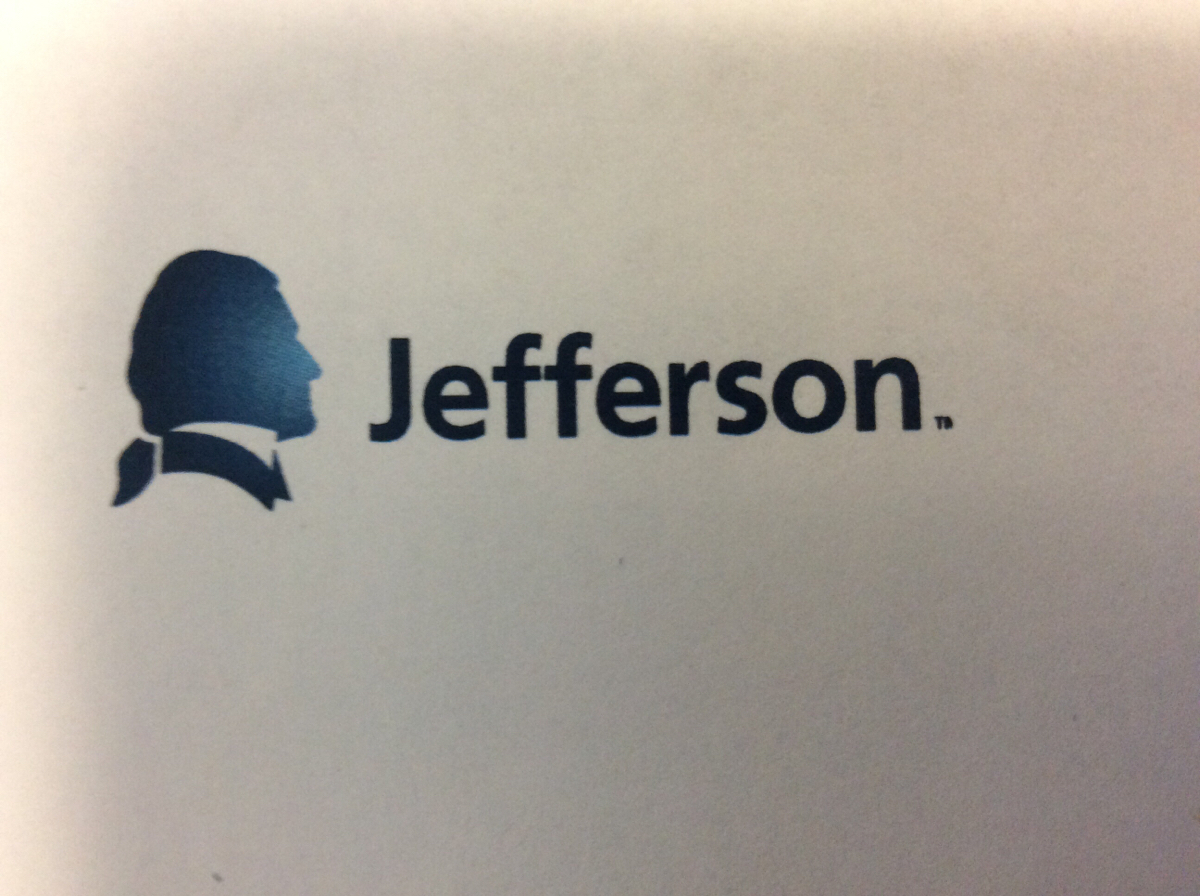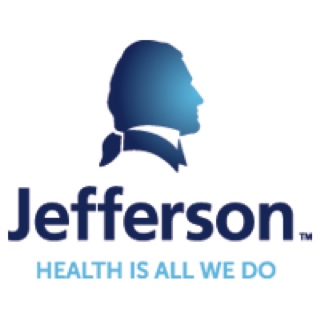Information
-
Document No.
-
Conducted on
-
Department (Select one)
- Blood Bank
- Donor Center
- Microbiology
- Center City Chemistry
- Center City Hematology
- Immunology
- Flow Cytometry
- Electron Microscopy
- Central Receiving
- Jefferson Infusion Center
- JHN
- MHD
- Navy Yard
- Surgical Pathology
- Cytopathology
- Phleb (833 Chestnut)
- Tissue Typing
- Computer Rooms
- Cytogenetics
- Molecular pathology
- Phlebotomy 925
- Phlebotomy GI
- Apheresis
- Photophoresis
-
Prepared by
- Julie Best
- Tanya Hannah Davis
- Lilah Evans
- Dottie Glaze
- Marsha Jablonski
- Diane Kane
- Molly Kelly
- Celena King
- Deana Marsella
- Brittany McCarthy
- Vijay Patel
- Nandita Patel
- David Peterson
- Irma Silva
- Audrey Smith
- Thomas Speakman
- Joann Steinmiller
- Valerie White Jackson
- Aryana Treweek
Previous Audits
-
Have you reviewed the last audit?
-
Have issues been addressed?
Quality Management
-
The laboratory has a procedure for employees and patients to communicate concerns about quality and safety. (Ask an employee)
-
If any complaints have been noted, is there proper follow up?
-
The official CAP sign is posted within the laboratory?
-
If there are specimen collectors or phlebotomists in the department you are inspecting, have those individuals been trained on proper collection and is there supporting documentation for this training? (Ask an employee) (Select N/A if not applicable)<br>
-
Are the departmental policies located on the Policy and Procedure website? (Note any paper copies are visible)
-
If your area stores specimen collection devices (blood collection tubes, transport media, culture swabs) are not expired and stored per manufacturer recommendations. (Note: check to see if there are temp. requirements. If there are temp. requirements, is the temp monitored?)
-
Do all specimen requisitions have the following elements:<br>Patient Identification<br>Patient Sex<br>Patient's DOB<br>Name and address of the physician ordering the test (OUTPATIENT ONLY)<br>Test(s) requested<br>Last menstrual period (for gyn specimens ONLY)<br>Time and date of specimen collection (can be on the container)<br>
-
Date and time of all specimens received in the laboratory is recorded.
-
All centrifuges have been checked within the last year.
-
Refrigerator and freezer temperatures are recorded daily. (for those areas where the lab is not operational on the weekend, appropriate notation is on the temperature chart and the max and min for the non-operational days has been recorded and verified.
-
The thermometers are not expired. (Some digital thermometers have an expiration date, please check all thermometers within your section)
-
Glassware used in the laboratory is cleaned appropriately and methods to ensure complete removal of detergents (if this is applicable to the lab there must be documentation of the cleaning)
Enviroment
-
Are all lights in working order?
-
Are all ceiling tiles undamaged? (No water marks, damaged, or missing tiles)<br>
-
Temperature and humidity are controlled. If instruments, reagents stored outside a refrigerator or freezer, and/or collection devices require a specified temp/humid range, the temperature and/or humidity is checked and documented daily.
-
Exposure to bright sunlight is minimized
Safety
-
All employees in the laboratory know where to locate the SDS. (Ask up to 3 employees, correct answers include online and books located within your lab)<br>
-
All fire extinguishers have been inspected and are up to date (check the tag on the extinguishers)
-
All UV light sources have warning signs posted near the source.
-
Is liquid nitrogen used within the laboratory ?
-
Chemical waste is disposed of properly in a labeled container?
-
All sharps containers are below the required fill line
-
All employees are wearing their lab coats while in the laboratory
-
All employees are wearing gloves while handling patient specimens
-
All fire alarm stations are visible and unobstructed.
-
Heaters/fans in use? If so, are they approved by the QA Coordinator?
-
All flammable gas cylinders are secured.
-
Eyewash maintenance up to date? Should be reviewed weekly.
-
Spill kits available.
-
Spill kit signage is visible?
-
All hoods tested within the year.
-
All centrifuges have been checked within the last year to date. Have
-
All pipettes are within the expiration date.
Chemical and biological safety
-
Proficiency Testing attestations are signed by performing personnel. (Must be a physical signature. Look at 3 examples from the supervisor or lead)
-
All staff know the location of the collection manual online. (ask a few staff members)(In Epic this is called the procedure catalog)
-
All reagents are labeled appropriately. (an open date and expiration date should be on every container that is opened this includes balance tubes)
-
All reagents are not expired. (If an expiration date is not indicated by the manufacturer the lab must assign one based on stability of the product)
-
All secondary containers are properly labeled (secondary containers are defined as any container where a chemical and/or reagent is poured into from the manufacturer's container) (Proper labeling includes but is not limited to full name of the chemical/reagent, a warning label and the date of transfer)
-
There are start-up, operation, and shutdown of instruments and equipment procedures available.
-
The floors are clean.
-
Storage (boxes etc.) and equipment are no less that 18" from the bottom of a sprinkle head
-
Storage (boxes etc.) are 6" above the floor
HIPAA Privacy Risk Analysis
-
Documents containing PHI are shredded or disposed in an appropriate confidential bin?
-
Regular trash (clear bag) cans are free from paper, labels, or any other means of PHI?
-
Are computer screens visible from individuals not employed by the laboratory?
-
Documents with PHI are secured in closed files or turned face down on a work surface.<br>(For those labs with code key pads this does not apply EXCEPT for those areas near the receiving window, if applicable)
-
Patient information cannot be overheard in public areas or within earshot of visitors.
-
If applicable, are patients called in an appropriate manner?
-
If applicable, are telephone calls made to other providers, labs, pharmacies, hospitals, etc. in which patient information is discussed and other patients can overhear?
-
Are orders given to patients given privately or in a low voice as to not be overheard?
-
Is PHI visible in the clinical workstation left unattended? (Only applicable at receiving windows)
-
Are confidential bins not overfilled?
-
Are passwords not visible?
-
If a patient calls for a copy of their records, does the staff member refer them to Client Services? (AP choose N/A)










